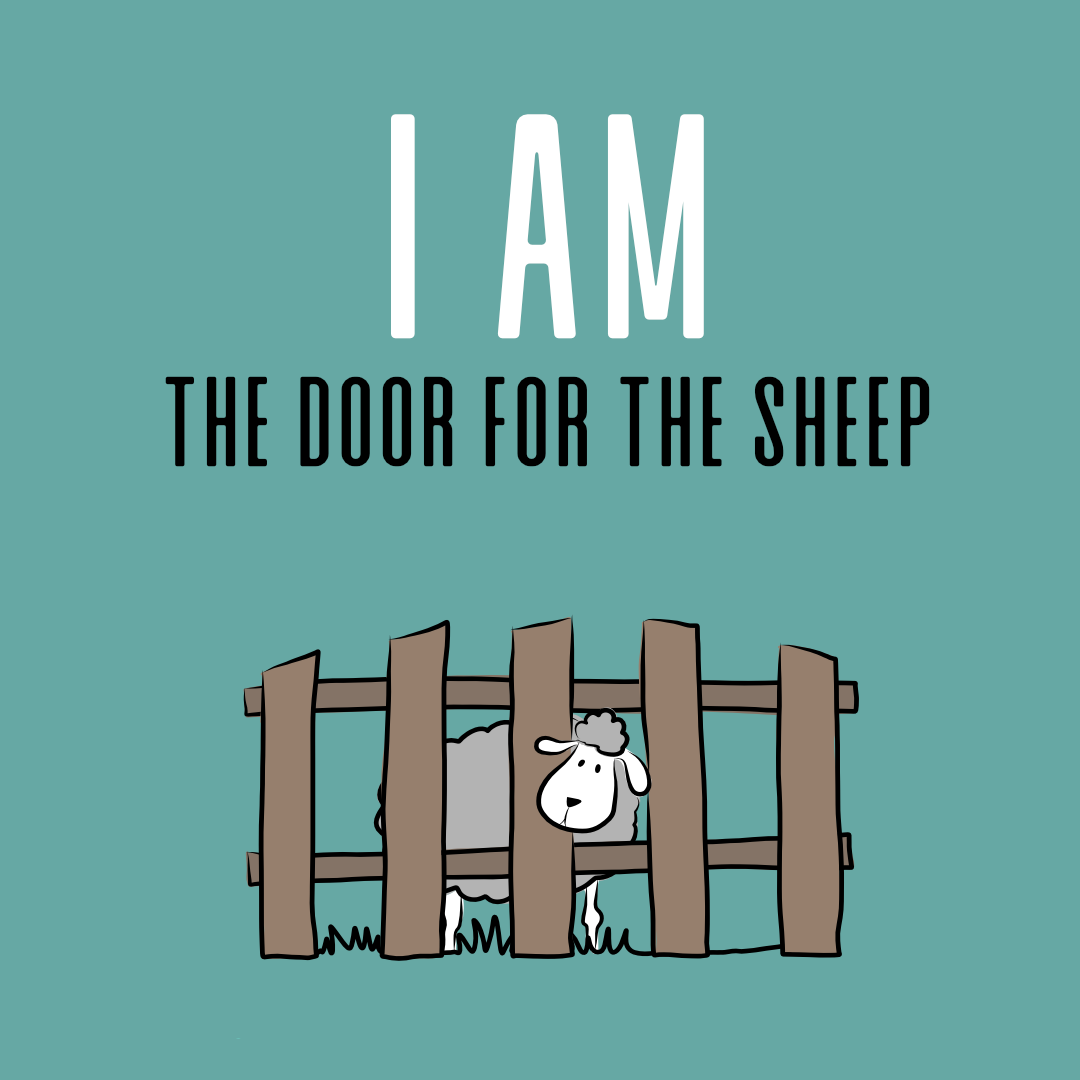Shadow and Substance: Old Testament Contexts for the I AM Statements in John’s Gospel預覽


“I am the Door”
So Jesus said again, “I tell you the solemn truth,I am the door for the sheep…If anyone enters through me, he will be saved, and will come in and go out, and find pasture.” John 10:7, 9 (NET)
In the Old Testament, the analogy of a shepherd with his sheep was regularly used to describe Yahweh’s relationship with Israel. Psalm 23 is one such passage.
The sight of a shepherd with his sheep would have been familiar to the Ancient Israelites, some of whom were shepherds themselves. During the hot summer months, these shepherds led their sheep out to pasture to feed. The pastures had walls or hedges to keep the sheep in and thieves and predators out. At an opening in the wall, the shepherd would lay down at night as a guard. He was the door to the sheep.
The broader context of Jesus’ claim, “I am the door for the sheep” is the restoration of a blind man’s sight. The blind man had recognized his Shepherd’s voice and chose to follow Him. He was a sheep who had entered through the gate—through Jesus—and so experienced the Good Shepherd’s care and provision. The Pharisees, in contrast, upset by the healing, refused to recognize Jesus as the door to salvation by which they also must enter. Instead, they cast the formerly blind man out of the synagogue and excluded him from their “flock.”
Psalm 118 is another Old Testament shadow that can add to our appreciation for the statement Jesus’ makes here. This psalm was regularly sung during the Festival of Tabernacles, and it was during this feast that the healing of the blind man took place (see John 7:2). Verse 20 declares: “This is the gate of the Lord through which the righteous may enter. By believing in Jesus, the blind man had entered the gate and demonstrated his righteousness. In contrast, by rejecting Jesus the Pharisees had excluded themselves from the community of the righteous.
SHADOW: Yahweh as the shepherd of Israel, who leads them into pastures of his provision.
CONTEXT: Jesus heals the blind man. The Pharisees are offended by the man’s faith in Jesus and kick him out of the synagogue.
SUBSTANCE: Jesus is the door to pasture for His sheep. Like a door, He not only lets His sheep in to find salvation, but He also protects them and keeps the thieves out.
Reflect:
As you read John 9:1-10:10, consider the implications for your own life of Jesus’ claims in this passage. How do the readings from the Psalms shed even more light on the nature of His claims?
Is there a group or community that you wished you belonged to? What’s the “door” you think you need to enter in order to belong to that community? How could viewing Jesus as the only “door” that matters help you to stand in the confidence that you already belong to him?
關於此計劃

Delve into the biblical contexts behind Jesus’ powerful ‘I AM’ statements found in the Gospel of John. As we look at look at these statements more closely, we will discover the Old Testament “shadows” which served as hints and signposts of a “substance” that was ultimately fulfilled in Christ.
More









